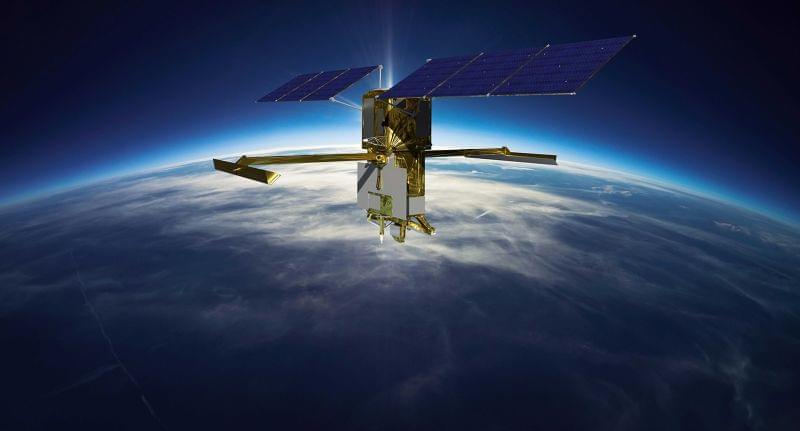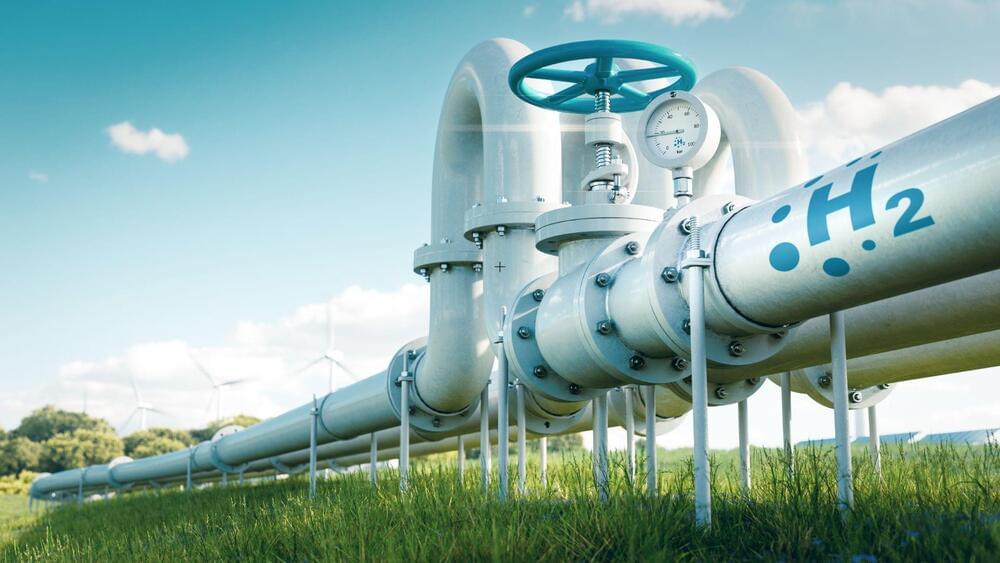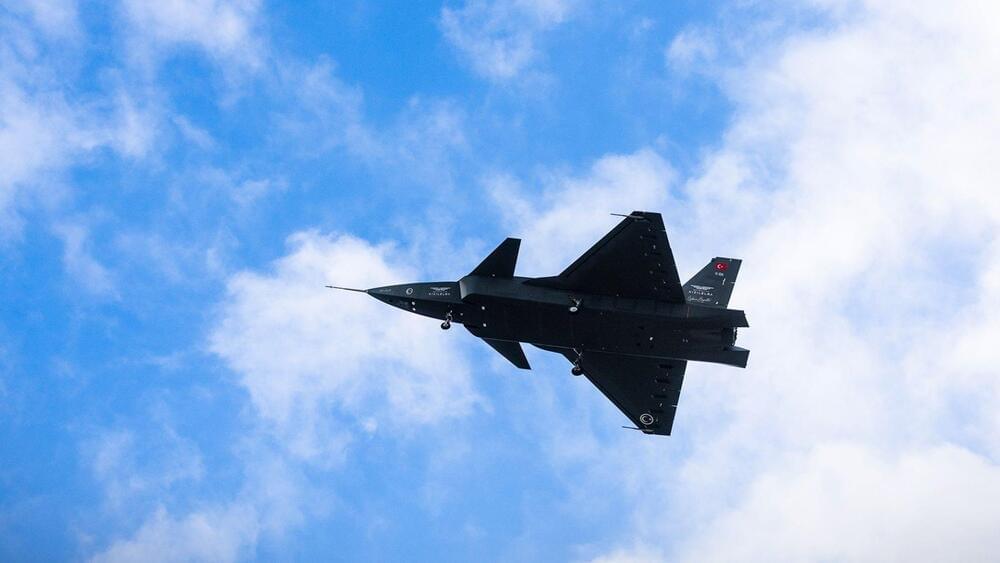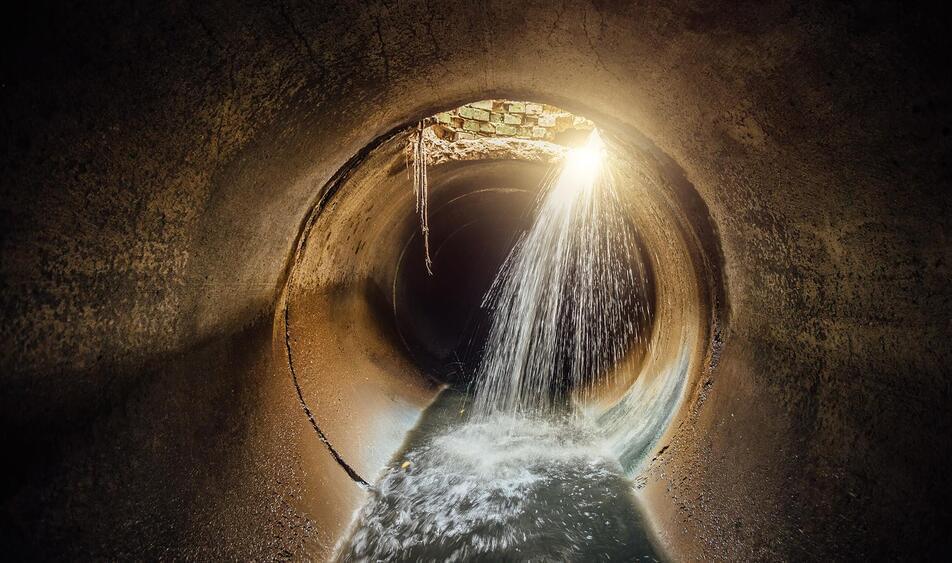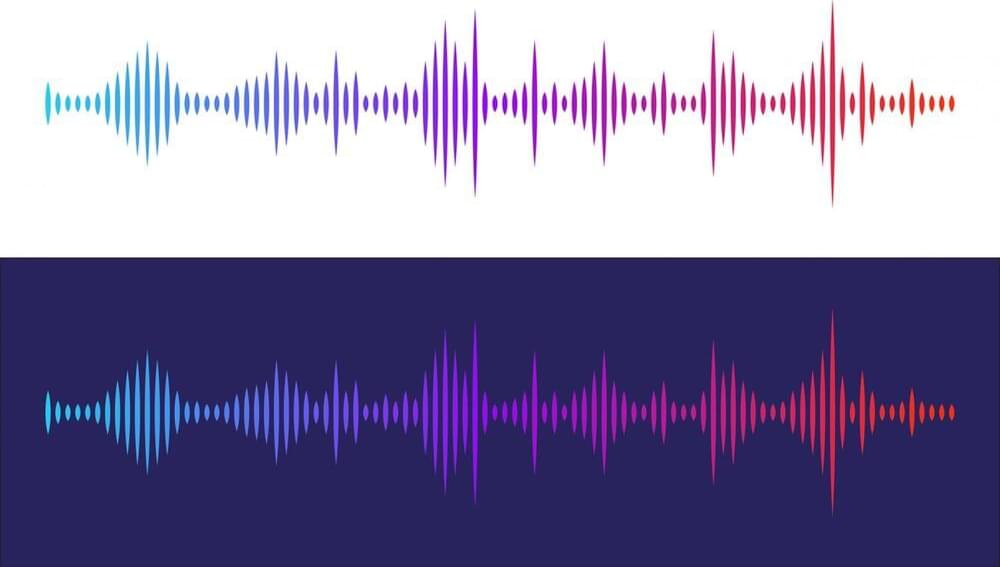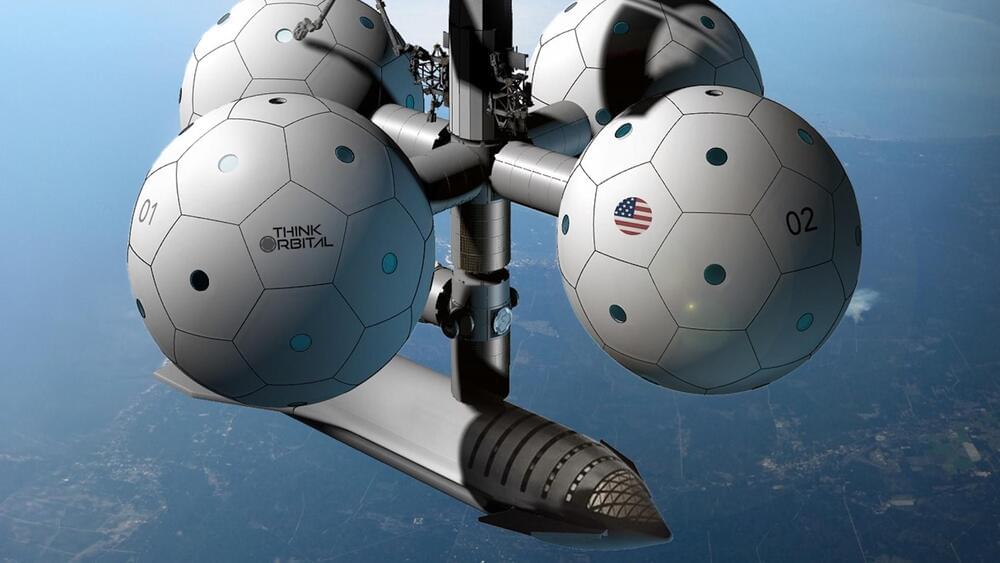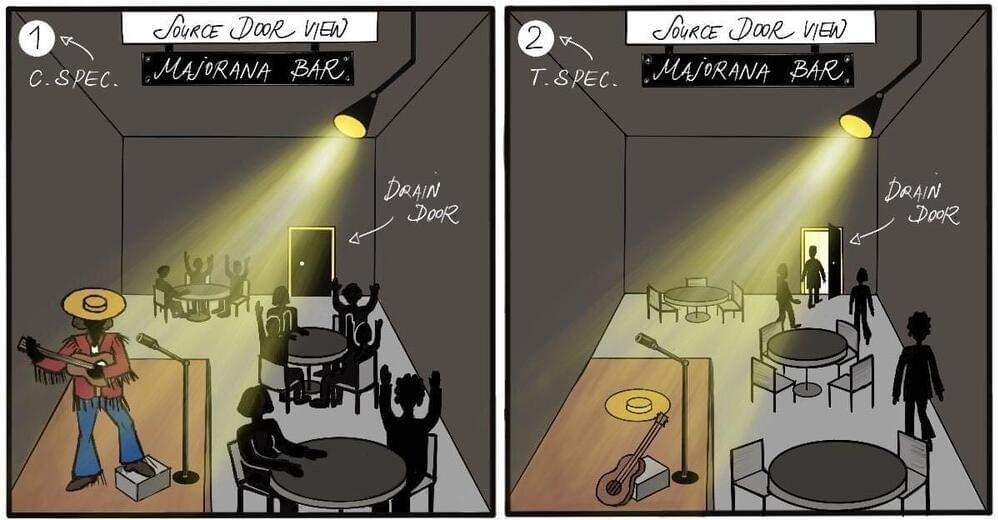
The most common particles are electrons and photons, which are understood to be examples from the great families of fermions and bosons, to which all other particles in nature belong. But there is another possible category of particles, the so-called anyons. Anyons are predicted to arise inside materials small enough to confine the electronic state wave function, as they emerge from the collective dance of many interacting electrons.
One of these is named Majorana zero mode, anyonic cousins to the Majorana fermions proposed by Ettore Majorana in 1937. Majoranas, as these hypothetical anyons are affectionally called, are predicted to exhibit numerous exotic properties, such as simultaneously behaving like a particle and antiparticle, allowing mutual annihilation, and the capability to hide quantum information by encoding it nonlocally in space. The latter property specifically holds the promise of resilient quantum computing.
Since 2010, many research groups have raced to find Majoranas. Unlike fundamental particles, such as the electron or the photon, which naturally exist in a vacuum, Majorana anyons need to be created inside hybrid materials. One of the most promising platforms for realizing them is based on hybrid superconductor-semiconductor nanodevices. Over the past decade, these devices have been studied with excruciating detail, with the hope of unambiguously proving the existence of Majoranas. However, Majoranas are tricky entities, easily overlooked or mistaken with other quantum states.
